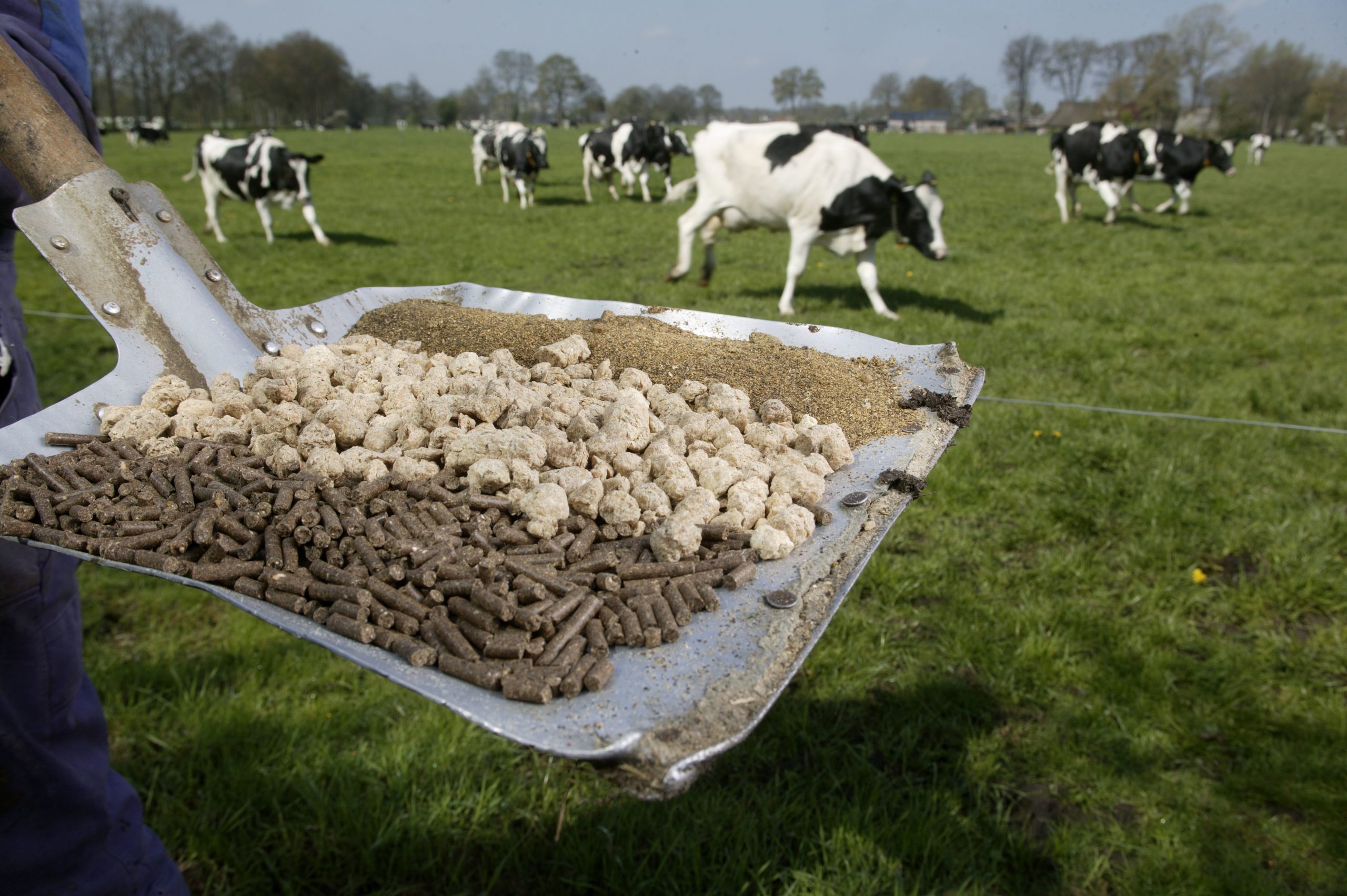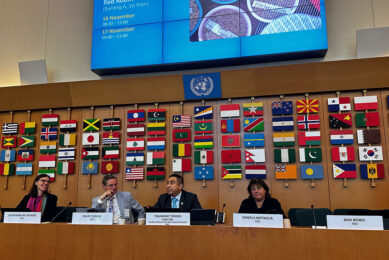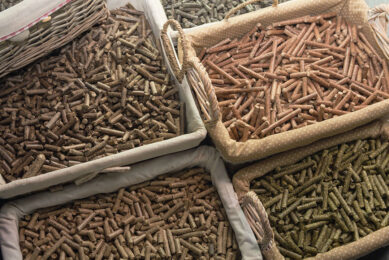EU compound feed: Stable in 2017, slight rise in 2018

The industrial compound feed production for farmed animals in the EU-28 (Greece, Malta and Luxembourg excluded) reached an estimated level of 156.7 million tons in 2017. This is 0.2% more than in 2016, according to data provided by FEFAC members.
As regards cattle feed, the abolishment of dairy quotas in 2015 resulted in very contrasted evolutions of milk production and demand for dairy feed across EU Member States in 2016. 2017 has seen consolidations of the national orientations, with positive evolutions around 5 to 8% in countries such as Poland, Belgium and UK. The drought on the Iberic peninsula affected the forages supply and, therefore, resulted in a higher demand for compound feed. Overall, the recovery of milk prices encouraged dairy farmers to resume purchases of high performing feed to maximise milk production, resulting in an aggregate increase in EU cattle feed production of 1.0% in 2017.
Production per animal sector
Concerning poultry feed production, the Avian Influenza outbreak severely impacted some poultry producing regions of Europe, especially duck farming for foie gras in France and Hungary. A number of EU countries saw their poultry feed production stabilise and even slightly decrease, with the noticeable exception of Poland which recorded a 7% growth for the third year in a row. All in all, EU poultry feed production remained almost stable and is still the leading segment of EU industrial compound feed production, well ahead of pig feed. On the pig feed side, the setback recorded in 2016 was confirmed in 2017 (-1%), in line with the evolution of pig meat production in 2017 in the EU. The global demand for pig meat (in particular from China) supported the recovery of market prices in the EU. However, this did not translate into a recovery of pig production, in particular due to the still persistent effects of African Swine Fever in Eastern Europe.
Poland is best performing
For the fourth year in a row, Poland was the best performing country, with annual growth of total compound feed production of +7.5%, boosted by the demand for poultry feed but also dairy feed. Among the largest compound feed producing countries, Germany, the Netherlands and Italy maintained their production of compound feed, whereas France and Spain recorded a drop of resp. -1 and -3% and UK increased its production by almost 2%. Germany strengthened its position as leading EU country in terms of total compound feed production, ahead of Spain and France.
What to expect in 2018?
FEFAC market experts are relatively optimistic concerning industrial compound feed production in 2018. The dairy sector still needs to recover from the severe milk price crisis and get rid of the vast stocks of skimmed milk powder, leading FEFAC experts to anticipate a stabilisation of the demand for cattle feed. A number of factors will weigh in on the development of EU pig production. Present figures show an expansion of the sow herd. However, the effective development of pig meat production and the subsequent demand for pig feed will also depend on the global demand for pig meat, which is expected to stabilise. Also the development of national/local legislation on manure and phosphorous emissions can have an impact. A stabilisation of the production of pig feed can, therefore, be anticipated. While poultry exports will continue to be affected by restrictions in third countries due to Avian Influenza, the persistent trend to increase in consumption of poultry meat in the EU is expected to support a demand in poultry feed, leading to an increase of 1% in 2018. However, this could be constrained due to a trend in certain western countries to reduce stocks density in poultry holding triggered by animal welfare concerns. Overall, this would lead to a moderate 0.5% increase in compound feed production in 2018 vs. 2017. A number of parameters will evidently affect this outlook. The evolution of outbreaks of Avian Influenza and African Swine Fever will be decisive, in particular in terms of preserving EU export capacities.
The final estimate and detailed breakdown of the 2017 figures will be issued in June 2018 in the margins of the FEFAC Annual General Meeting.
Source: Fefac
Join 26,000+ subscribers
Subscribe to our newsletter to stay updated about all the need-to-know content in the feed sector, three times a week. Beheer
Beheer









 WP Admin
WP Admin  Bewerk bericht
Bewerk bericht